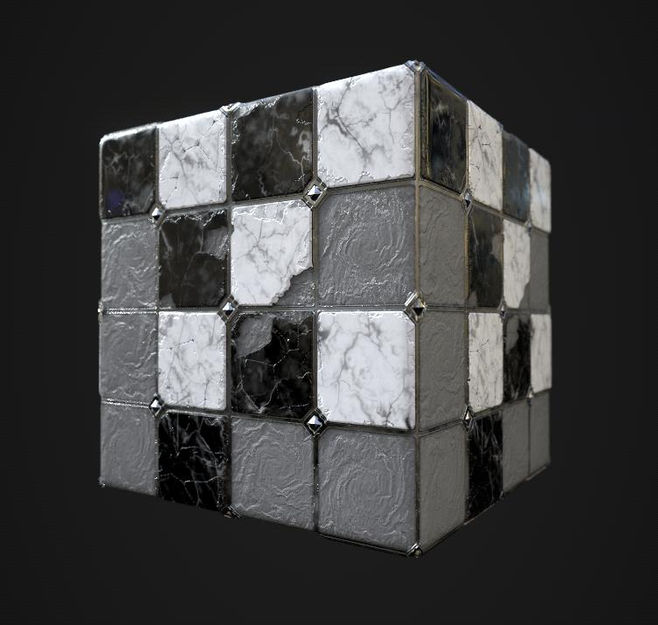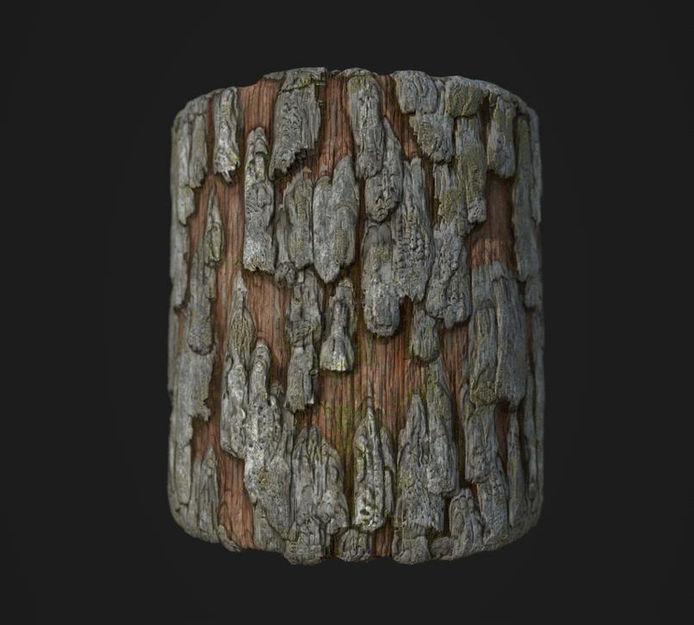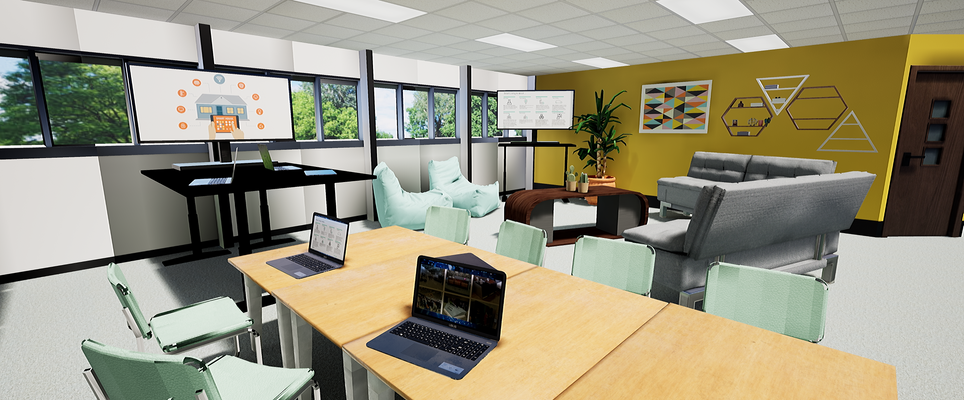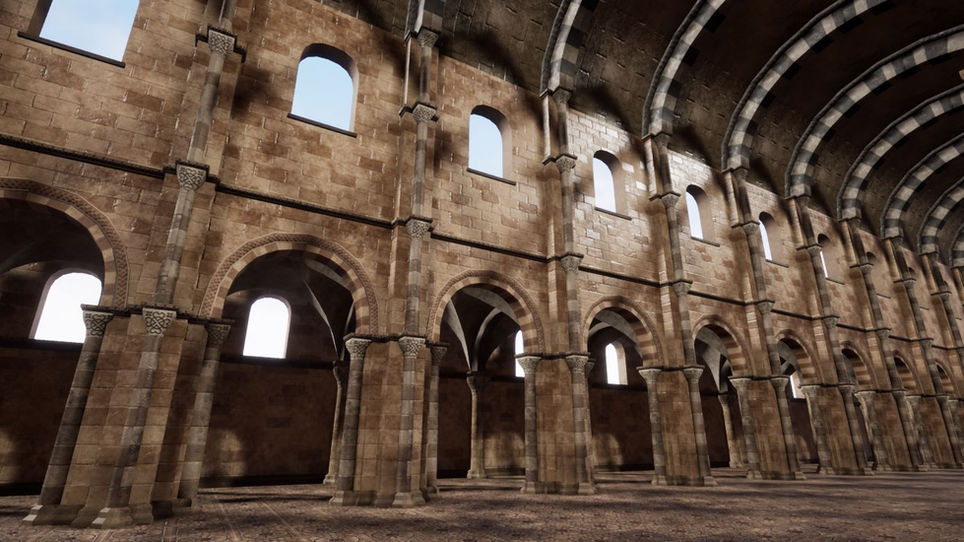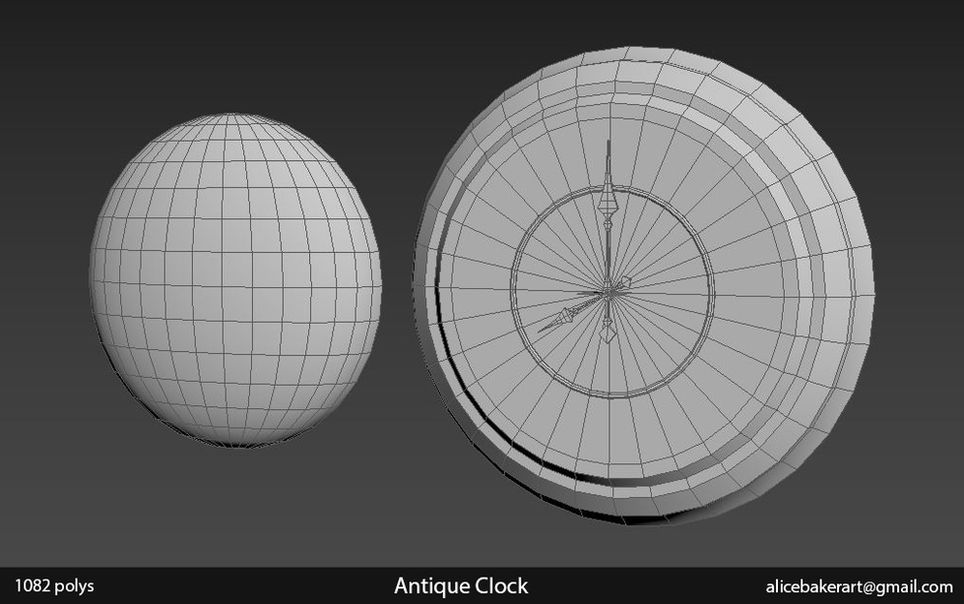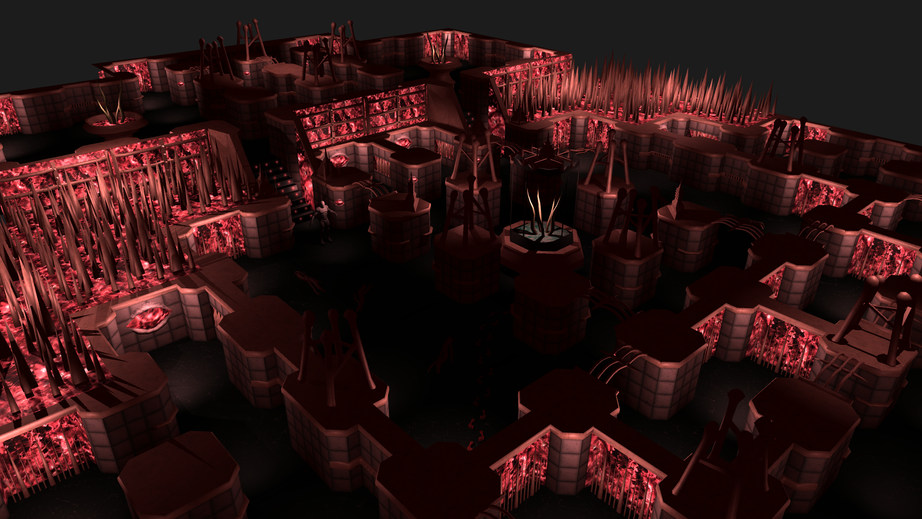
Semi-procedural PBR Materials
A 'Smart Living' Office in VR
Romanesque Cathedral
Virtual Reality - Wonder
PBR - Antique Clock
Dystopia - Modular Tileset
Semi-procedural Materials
MSc Games Development Final Project
MSc Games Development Final Project
DATE - July 2021
SOFTWARE - Substance Designer, UE4.
This project was developed for my final project on the MSc Games Development course. This study investigates the difference in performance statistics as well as the ease of implementation when using singular texture materials compared to multi-texture materials in Unreal Engine 4 (UE4). Physically based rendering (PBR) materials were created in Substance Designer with exposed parameters to be accessed in the UE4 editor and during run-time. Three singular materials consisting of one unique texture were created to compare with a multi-texture material containing up to three unique textures. Two methods were devised for producing a multi-texture material. The first method combined two homogeneous textures where Substance graph nodes represented any detail of both textures, whereas the second method contained up to three homogeneous and disparate textures with a switch for each output map to choose between each texture. Both methods offered procedural elements with exposed parameters throughout the materials, while also encompassing variety for each unique texture. Performance statistics were recorded when using static materials as well as procedurally generated materials at run-time. The analysis shows that the performance does not improve when using a multi-texture material compared to using a singular material. In conclusion, a material can be created to hold more than one unique homogeneous and disparate texture. However, there is no definite method for improving performance and the ease of implementation is diminished when producing a multi-texture material compared to using a singular material, but there are ways to improve implementation through organisation. A multi-texture material may be beneficial in other areas of game development, such as game mechanics or creative tools or it could be useful in other media industries.
A 'Smart Living' Office in VR
University of Suffolk
2 Week Contract
DATE - October 2019
SOFTWARE - 3DS Max, Substance Painter, Photoshop, UE4, Oculus Rift S.
This was a project I worked on for 2 weeks during October 2019. My job was to create an office space in 3D, suitable for Virtual Reality. I was able to outsource some of the props for the project, others were created by myself in 3DS Max 2019 as well as the architecture. I was given a floor plan and reference photos, representing an office space at Adastral Park in Martlesham. Once the office was created, it was then populated with desks, monitors, technology and plants, etc, as well as providing lighting and ambient sounds in the scene. The project was made in Unreal Engine 4, set up for the Oculus Rift S.
This VR experience was to be for a member of the Royal family. Princess Anne visited BT's headquarters in Adastral Park in Martlesham on 12th November 2019, which was previously opened by the Queen, Princess Anne's mother, in 1975. Princess Anne was invited by BT to give her royal blessing to the firm's new £9.6 million digitech centre, a joint venture with the University of Suffolk. More information can be found here - https://www.eadt.co.uk/news/princess-...
ROMANESQUE CATHEDRAL
Third Year Final Project
Third Year Final Project
DATE - May 2019
SOFTWARE - 3DS Max & Substance Painter
For my Final Project of the BA Hons Computer Game Design, I studied Romanesque architecture to create a 3D modular environment. My development blog demonstrates the process of creating the final product. The product is a set of 3D modular interior environment assets, using 3DS Max to model and UV map the assets and Substance Painter for texturing.
VIRTUAL REALITY - WONDER
Third Year Design Masterclass
Third Year Design Masterclass
DATE - May 2019
SOFTWARE - 3DS Max, Photoshop, Unreal Engine & Oculus Rift.
For another one of my final year modules, I accepted a brief from Dreadnought Studios. I was required to design and create a tranquil Virtual Reality experience, with a secondary goal to elicit a wonder response from my users. I created all assets in 3DS Max 2018 and Photoshop, then exported them into Unreal Engine to assemble and light the scene, implement audio, and present the scene as an Oculus Rift experience.
Concept - The player character, a young child, is visiting a memorial for his beloved creature, a friend that once lived here. The child enters through the doors and walks towards the bridge to admire the memorial. The creatures empty shell rests at the back of the memorial space, where the child may choose to rest and feel more connected with the creature’s spirit. With the healing powers of this creature’s spirit, the child becomes gradually more peaceful and accepting of his friends passing, leaving a flower behind after every visit.
ANTIQUE CLOCK
Substance Painter Study - PBR Workflow
Personal Project
DATE -August 2018
SOFTWARE - 3DS Max & Substance Painter
In the summer of 2018, I studied Substance Painter in my spare time in preparation for my final year project at university. After following tutorials online and texturing models that weren't my own, I decided to make my own asset from start to finish. In the photos above you can see the final render, the low poly version and the high poly version that was baked onto the low poly, as well as the separate textures I used on the model. Any of the textures and brushes I used were already provided in Substance Painter. This project allowed me to explore the knowledge on my own that I had gained over the summer.
DYSTOPIA
Modular Tileset - Level 5 Assignment
Level 5 - 3D Modelling Assignment
DATE - March - May 2018
SOFTWARE - 3DS Max, Photoshop & Unity
In the second year of my university degree, one of our assignments was to build a set of twenty modular assets, at least twelve of which would be tileable (a maximum of 1000 polys per large asset and 350 polys per standard asset), and at least four of which would be unique props (maximum of 250 polys per prop). I used two separate texture atlases, one for diffuse colour and opacity maps, and another for diffuse colour and emissive maps, both of which are 1024 x 1024px. I chose the theme of 'Dystopia' after taking inspiration from artists such as H. R. Giger and Zdzisław Beksiński.









